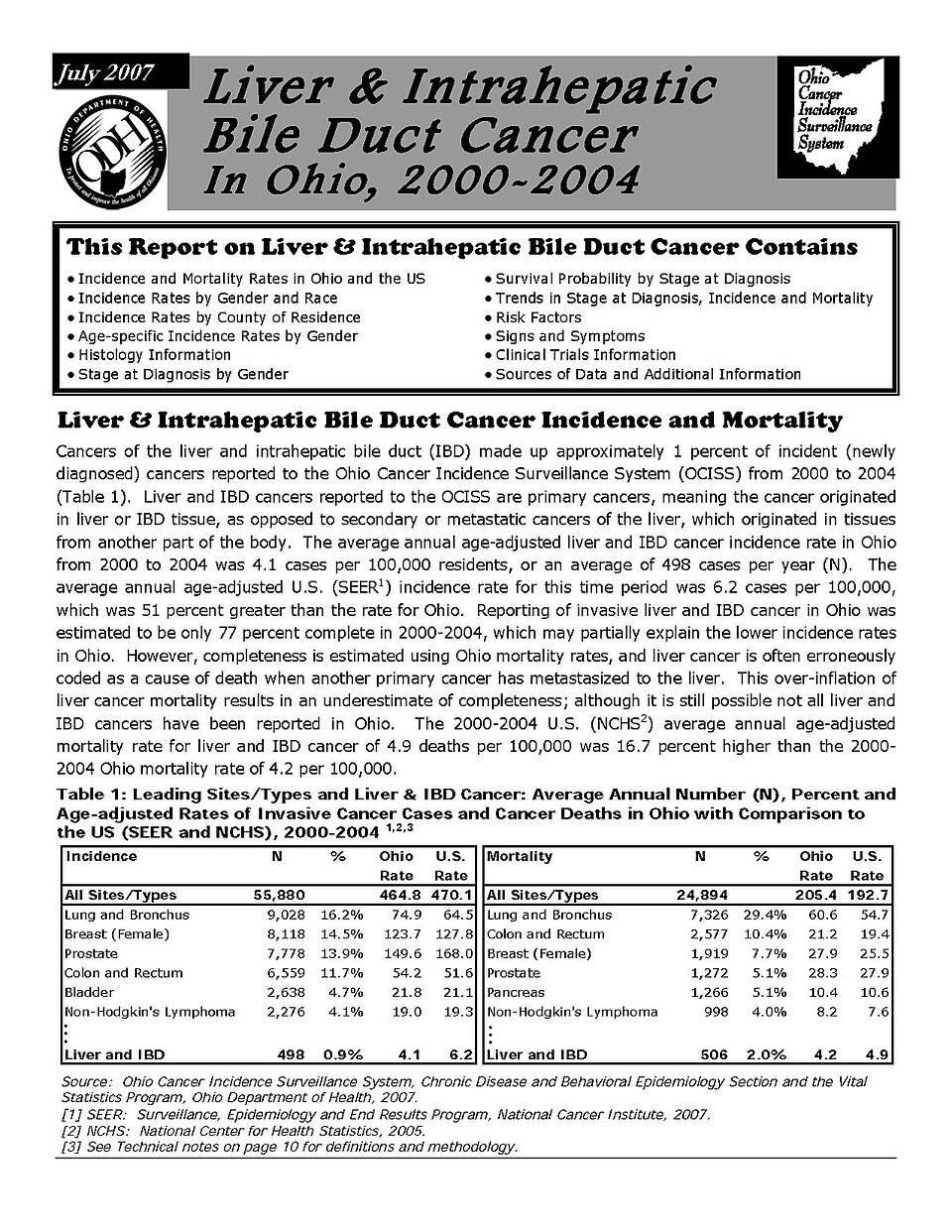Projected Liver Cancer Cases to Double by 2050, Many Preventable

Liver cancer cases are expected to soar significantly over the next few decades, with projections indicating a rise from approximately 870,000 cases in 2022 to 1.52 million by 2050, according to a recent analysis published in The Lancet on July 28, 2025. This alarming trend highlights a pressing public health concern, particularly considering that at least 60% of liver cancers could be preventable through early intervention and lifestyle changes.
Liver cancer, recognized as the sixth most prevalent cancer globally, is primarily driven by viral infections, particularly hepatitis B and C. In 2022, hepatitis B accounted for about 39% of liver cancer cases, a figure anticipated to decrease slightly to 36.9% by 2025. Meanwhile, hepatitis C is projected to drop from 29.1% to 25.9% by 2050. However, the burden of liver cancer from alcohol consumption and obesity-related diseases is set to rise sharply. Alcohol-related liver cancers, which constituted 18.8% of cases in 2022, are forecasted to increase to 21.1% by 2050. Similarly, obesity-related liver cancers are expected to grow from 8% to 10.8% of cases, fueled by the rising incidence of obesity, diabetes, and metabolic syndrome.
Dr. Hashem El-Serag, Chair of the Department of Medicine at Baylor College of Medicine and a co-author of the report, emphasizes the need for greater public awareness regarding the risks associated with metabolic dysfunction-associated steatotic liver disease (MASLD). "Most people equate liver disease primarily with alcohol consumption, missing the critical link between fatty liver disease and liver cancer," he stated. MASLD affects approximately 25% of adults in the United States, with 5% suffering from a more severe form known as metabolic dysfunction-associated steatohepatitis (MASH), which can lead to cirrhosis and significantly increase cancer risk.
Despite the rising projections, liver cancer remains a relatively rare diagnosis in the U.S., accounting for only 2.1% of all new cancer cases in 2025. However, the report predicts that by 2040, over 55% of U.S. adults could be affected by MASLD. Early detection and effective treatment strategies are crucial in mitigating the risks associated with obesity-related liver cancer. Dr. El-Serag suggests that interventions such as weight loss, potentially facilitated by GLP-1 receptor agonists like Ozempic and Wegovy, show promise in treating MASH. A clinical trial published in April 2025 reported that Wegovy successfully treated MASH in approximately two-thirds of participants.
Experts agree that awareness and routine screening for MASLD must improve to prevent the progression of liver disease and its complications. Dr. Arun Jesudian, a hepatologist at Weill Cornell Medicine, advocates for better screening protocols and education among healthcare providers. He stated, "Raising awareness about MASLD among both patients and doctors can lead to more effective testing and diagnosis. We need to ensure that providers assess the liver disease component of metabolic syndrome adequately."
Compounding these challenges, MASLD and MASH often present without symptoms, making self-detection difficult. Dr. Neehar Parikh from the University of Michigan, another hepatologist specializing in liver cancer, highlights the complexity of identifying patients at risk of liver cancer linked to MASLD, particularly since up to 40% of individuals with liver cancer associated with MASLD do not develop cirrhosis.
In conclusion, the projected doubling of liver cancer cases by 2050 raises significant concerns about public health strategies and resource allocation. Focusing on prevention through lifestyle modifications and early intervention can reduce the incidence of this potentially fatal disease. As the medical community continues to grapple with the implications of rising liver cancer rates, the urgency for enhanced public awareness and proactive health measures cannot be overstated.
Advertisement
Tags
Advertisement





